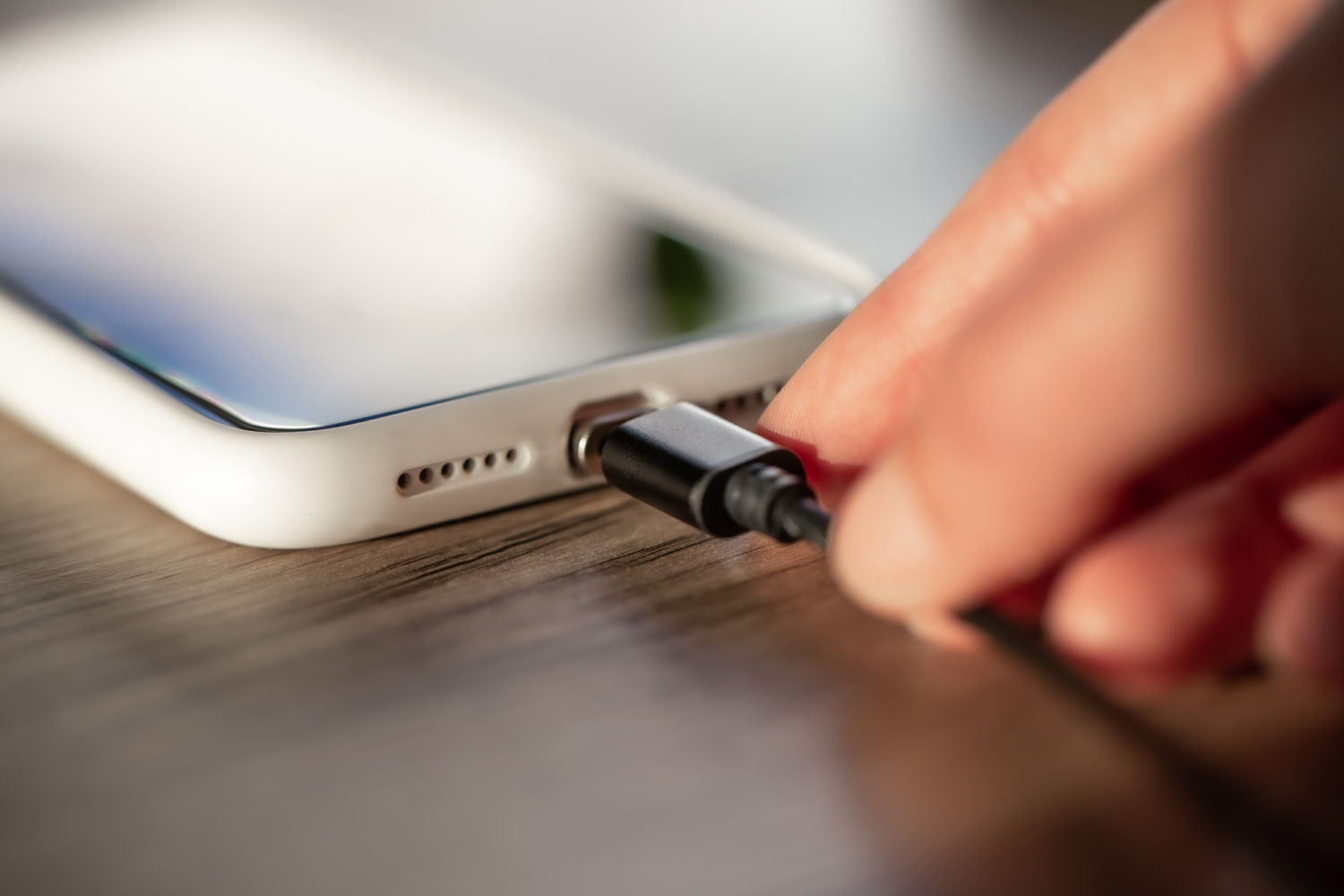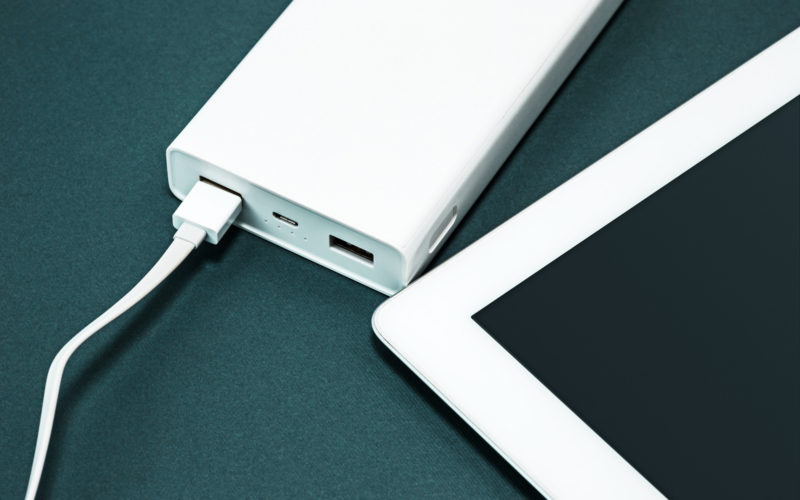As we rely more heavily on mobile devices, laptops, and tablets, safeguarding data has become essential. Dock connectors—the ports used for charging, syncing, and connecting accessories—are often overlooked yet play a vital role in protecting personal information. Recognizing how these connectors impact data security can empower users to make safer choices and help shield their devices from potential vulnerabilities.
The Basics of Dock Connectors

Dock connector, or charging ports, allow devices to interface with a wide range of accessories and other devices. These ports facilitate essential functions, from charging and data transfer to peripheral connectivity. Different types of connectors, like USB-A, USB-C, Apple’s Lightning, and the traditional headphone jack, each have unique functions and compatibility standards. Some of these connectors, particularly newer USB-C and Lightning ports, enable faster data transfer and can be used across multiple device types.
However, the same ports that enhance device convenience can introduce risks when it comes to security. Dock connectors, primarily those that support data transfer, have the potential to expose sensitive data if proper safeguards aren’t followed.
Data Transfer Capabilities and Security Risks
Many modern dock connectors allow for simultaneous charging and data transfer. For instance, USB-C and Lightning connectors facilitate fast data transfer, which is a valuable feature for users who need to sync data between devices. However, this capability also increases the risk of unauthorized access. If a device is connected to an untrustworthy or compromised port, such as a public charging station or a hacked accessory, it may unintentionally expose sensitive data.
Key vulnerabilities associated with dock connectors include:
- Data Skimming: Data skimming refers to the unauthorized extraction of data. A compromised charging port or cable can act as a bridge to access the device’s data without the user’s consent. For example, attackers might use malicious cables designed to resemble regular charging cables to intercept data.
- Juice Jacking: Juice jacking is a type of cyberattack that occurs when an attacker installs malware onto a device via a compromised USB charging station or cable. Once infected, the malware can access or transfer data, often without the user’s knowledge. Since dock connectors are commonly used for both charging and data transfer, they are prime targets for juice jacking.
- Network Access: Some dock connectors can facilitate a network connection, allowing internet access through a wired connection. If a device connects to a rogue network, it can expose data, which may be intercepted by attackers monitoring the network.
How Dock Connectors Impact Data Privacy
Dock connectors have become integral to the device experience, but they also bring specific privacy challenges. Here’s a closer look at how these connectors can affect data privacy:
- Unintentional Data Access: Some users might not be aware that their dock connector is capable of more than just charging. When connecting to an unfamiliar port, the device may automatically initiate a data connection, allowing data to be accessed or transferred without the user’s direct knowledge.
- Permission-Based Vulnerabilities: Many devices, especially smartphones, ask for permission to transfer data when connected to a dock connector. However, some users may inadvertently allow data transfer without fully understanding the implications. This oversight can open the door to unauthorized access.
- Privacy with Accessory Integration: Certain accessories, such as digital assistants or “smart” headphones, require dock connectors for their functionality. These accessories often collect user data to enhance their services, such as tracking usage habits or browsing history. While these data collection practices are not always malicious, they raise concerns about data privacy, particularly if the accessory lacks adequate data protection measures.
- Charging Stations in Public Spaces: Public charging stations at airports, cafes, and hotels are convenient but can be risky. Connecting a device to a public port may expose it to attacks if the port is compromised. Since the dock connector allows data transfer, an attacker could install malware or access files on the device through these public stations.
Best Practices for Securing Data Through Dock Connectors

As the security risks of dock connectors become more apparent, it’s essential to adopt preventive measures to safeguard your data:
1. Use Charging-Only Cables
Charging-only cables are specifically designed to disable data transfer, allowing only power to pass through. By using these cables, you can significantly reduce the risk of unauthorized access through public or unfamiliar charging ports.
2. Enable USB Restricted Mode on Mobile Devices
Many smartphones now have USB Restricted Mode, which disables data transfer capabilities when connected to unknown devices or ports. This feature ensures that your device’s data remains protected when charging in public places.
3. Avoid Public Charging Stations
Whenever possible, use a portable power bank instead of public charging stations. Power banks allow you to charge on the go without risking data exposure. If you must use a public charging station, opt for a charging-only cable.
4. Monitor and Manage Device Permissions
When connecting to new devices or ports, always review permission requests carefully. Most devices prompt users to approve data transfers. Pay attention to these prompts and avoid granting unnecessary permissions.
5. Utilize Security Software
Security software can provide an extra layer of protection against malware attacks. Certain security solutions include real-time monitoring to detect and block suspicious activity when your device is connected to a new dock connector or network.
6. Stay Updated on Firmware and Software Updates
Device manufacturers regularly release firmware and software updates to fix security vulnerabilities. By keeping your device updated, you ensure that any known vulnerabilities, including those related to dock connectors, are addressed.
Future Trends: Enhanced Security in Dock Connectors
As cybersecurity threats evolve, dock connector manufacturers are continuously working to implement features that improve user security. Here are some innovations likely to shape the future of dock connector security:
- Data Encryption: Some newer dock connectors are designed with built-in encryption technology, which encrypts data during transfer. Encryption reduces the risk of interception by ensuring that data remains secure from the point of transfer to the device.
- Hardware Authentication: Hardware authentication is an emerging technology that requires both the device and the accessory or charger to verify each other’s authenticity before data transfer occurs. This feature can protect devices from connecting to unauthorized or compromised accessories.
- User-Controlled Data Transfer Switches: Some manufacturers are exploring user-controlled switches, allowing users to enable or disable data transfer directly from the dock connector. This feature would give users more control over how their devices interact with external ports.
- Secure Boot Processes: For devices that depend heavily on dock connectors, secure boot processes are being implemented. Secure boot ensures that the device only loads trusted software during startup, reducing the risk of malware from an infected accessory or port.
Conclusion
Dock connectors, though essential to device functionality, come with inherent security risks that can affect data privacy. Understanding these risks and taking proactive steps to protect your device will reduce exposure to potential attacks. By using charging-only cables, avoiding public charging stations, and keeping security software updated, you can enjoy the benefits of your dock connectors without compromising data privacy.
As manufacturers continue to prioritize data security in dock connector design, we can expect new technologies that further safeguard our devices. For now, a conscious approach to how, where, and when you use your dock connector remains the best defense against data threats. Whether you’re traveling, working, or simply charging your device, making security a habit can go a long way toward ensuring that your personal information stays safe.
⸻ Author Bio ⸻
Elizabeth J. Preston is an experienced writer specializing in business technology, smartphone innovations, and digital transformation. She is passionate about exploring how emerging technologies drive business growth, improve efficiency, and shape the future of industries. Outside of writing, Elizabeth enjoys analyzing market trends, testing the latest tech gadgets, and sharing actionable insights to help businesses thrive in a digital world.












